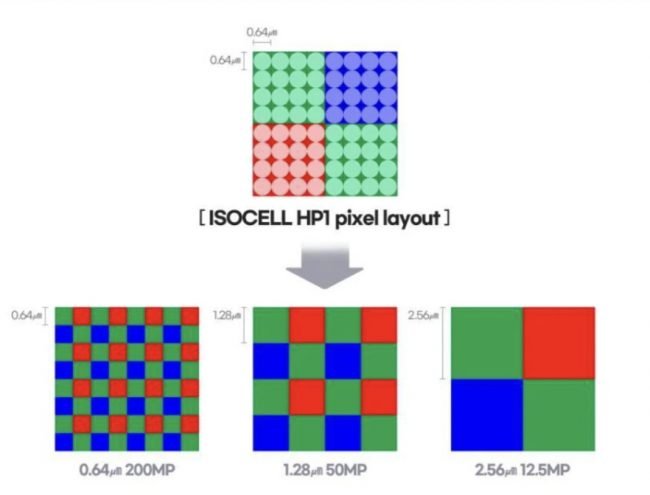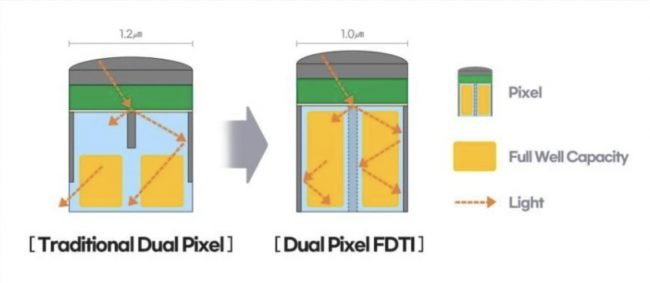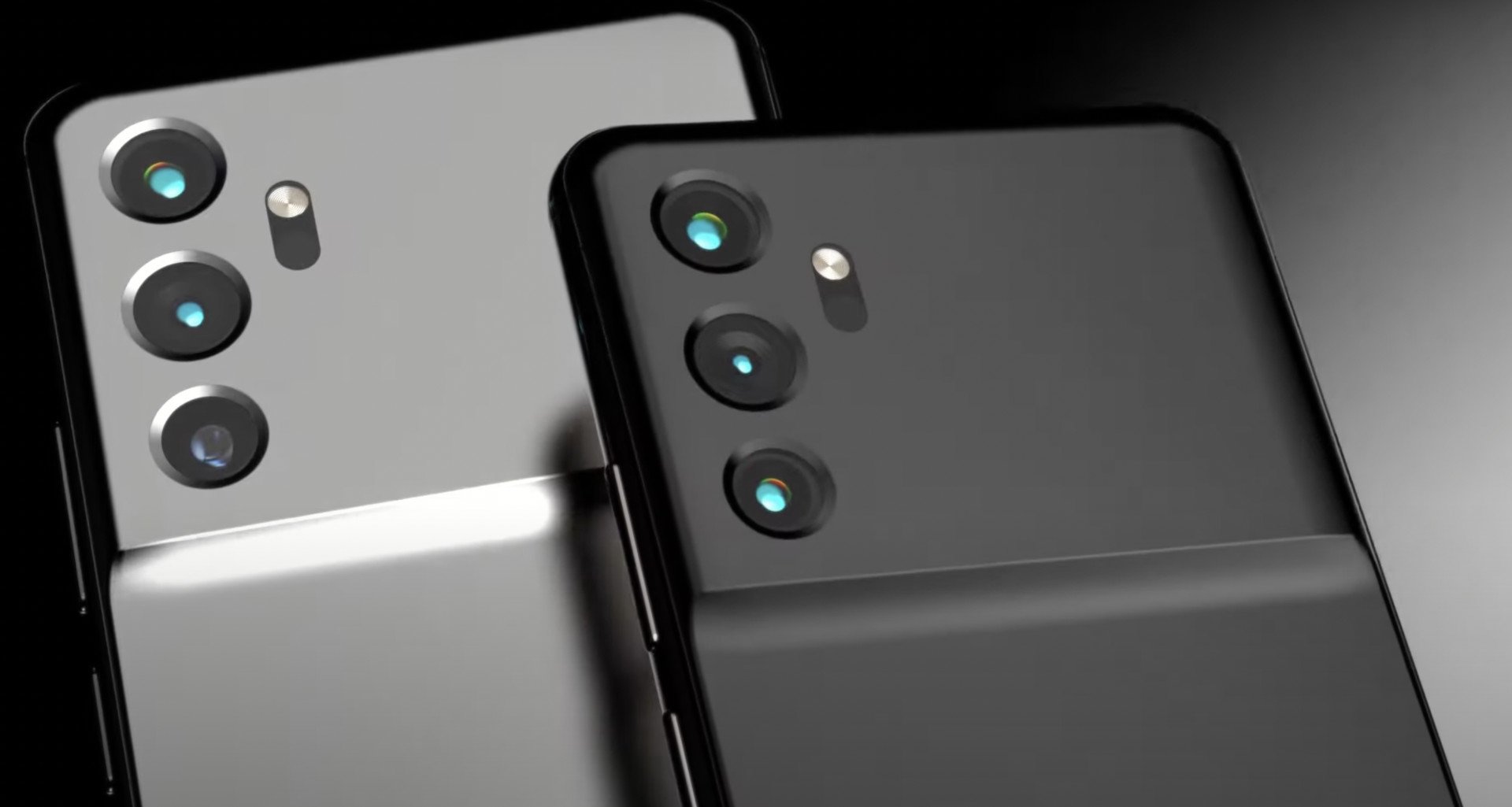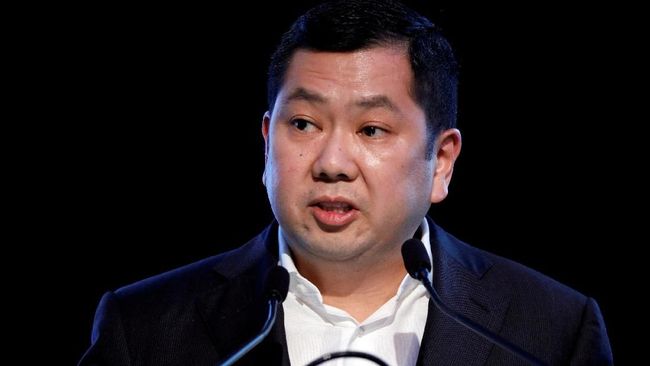During the boom in the industry as a whole, smartphone makers competed for a while to offer more megapixels for their cameras for less money. Although their number, unlike other parameters, does not have such a significant effect on the resulting photo, a large number in marketing materials attracts considerable attention and becomes a simple tool to quickly compare two mobile cameras without the need for in-depth knowledge of photography.
Although manufacturers have more or less calmed down in recent years, it seems that the “arms plant” is here again. In the case of the Korean giant Samsung, it has long been speculated that its next flagship model will offer a sensor with a high resolution of 200 Mpx.
What will the new sensors offer?
Now Samsung has come to terms with speculation by introducing a pair of sensors, namely the 200Mpx ISOCELL HP1 and the 50Mpx ISOCELL GN5. While the first sensor uses pixel matching for better results in poor lighting conditions, the second uses fewer pixels to improve autofocus.

ISOCELL HP1 uses the so-called ChameleonCell technology, which combines 4 to 16 pixels into one. As a result, the sensitivity of individual pixels to light is higher, so photos will be of better quality in poor lighting conditions. In practice, this technology can produce 50Mpx images with pixels of 1.28 μm, or 12.5Mpx photos with pixels of 2.56 μm. At the same time, the sensor allows you to record 8K video at 30 frames per second while combining four pixels into one. Combining pixels also has disadvantages, such as poor color rendering.

ISOCELL GN5, on the other hand, focuses on higher focusing speeds, which it achieves thanks to the use of a larger number of photodiodes, namely almost a million. The sensor also uses dual-pixel technology in conjunction with FDTI (Front Deep Trench Isolation) technology, which allows photodiodes to absorb more light, allowing them to use their full capacity.
We could see new sensors at the next flagships
It is not yet clear when we will see the use of both sensors in practice. However, it is assumed that the ISOCELL HP1 could head for the most equipped Galaxy S22 Ultra model, while the ISOCELL GN5 will find its place in the Galaxy S22 and Galaxy S22 + models.
–


